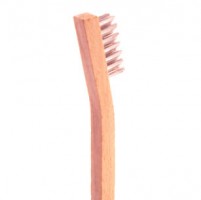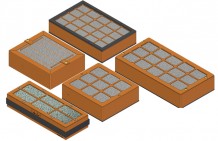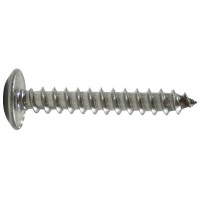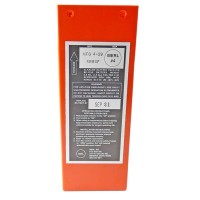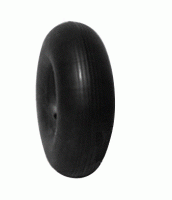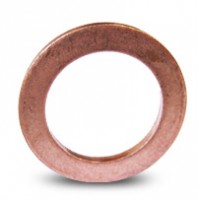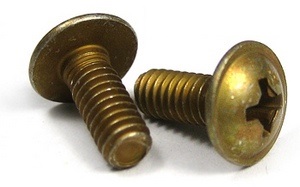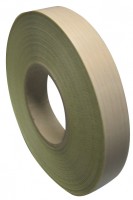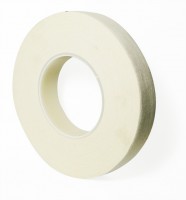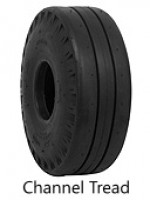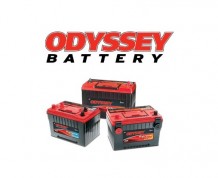EASA Maintenance Practices: Module 7 (B2)
Overview
|
Part 66 (2023-989) Compliant As with all ATB EASA modules, Module 7-B2: Maintenance Practices strictly matches the requirements of Part 66 including its content, sequence, and the required learning levels needed for an approved B2 Avionics technician program, and is so approved by many national authorities as a part of the training programs of Part 147 schools within their jurisdiction. As prescribed in Part 66 Appendix 1, the topics are divided in 13 sections:
Note that the required learning levels for this B2 module differs from the B1 edition with the B1 edition covering additional topics and to a more advanced level. Each topic is explained with understandable text and exceptional full color illustrations in step-by-step detail. You will learn by understanding concepts and how and why each skill is useful in the day-to-day tasks of the aircraft technician in the aviation maintenance environment. |
WARNING: Cancer and Reproductive Harm - www.P65Warnings.ca.gov. |
Specifications
- ISBN: 9781964302096
- Publisher:
- Aircraft Technical Book Company
- Edition: V002.1
- Pages: 282
-
- Type: Secure eBook (PDC)
- Printing: Not Allowed
- Copy/Paste: Not Allowed
- Offline Access: Yes
- Search: Yes
- Bookmarks: Yes
- Compatibility: Windows, macOS, iOS, Android
Secure eBook Redemption
- Secured eBooks are offered through a system called Safeguard Viewer which makes protected eBooks easier to read and view. The Safeguard Viewer application is compatible with Windows, Android, macOS and iOS devices. The Safeguard Viewer PDC files include all the familiar features found in standard PDFs. Our eBooks are authorized to use on up to six (6) supported devices. Your files are authorized to you and can be viewed online or offline. Secured PDCs may be used on any device that supports the Safeguard Viewer application
Documents
Q&A
Please note, Aircraft Spruce ®'s personnel are not certified aircraft mechanics and can only provide general support and ideas, which should not be relied upon or implemented in lieu of consulting an A&P or other qualified technician. Aircraft Spruce ® assumes no responsibility or liability for any issue or problem which may arise from any repair, modification or other work done from this knowledge base. Any product eligibility information provided here is based on general application guides and we recommend always referring to your specific aircraft parts manual, the parts manufacturer or consulting with a qualified mechanic.


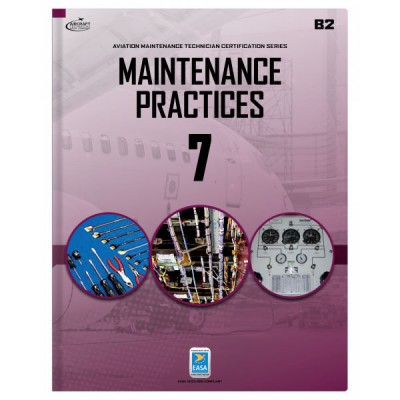





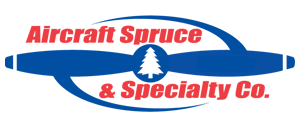 FREE Shipping
FREE Shipping





